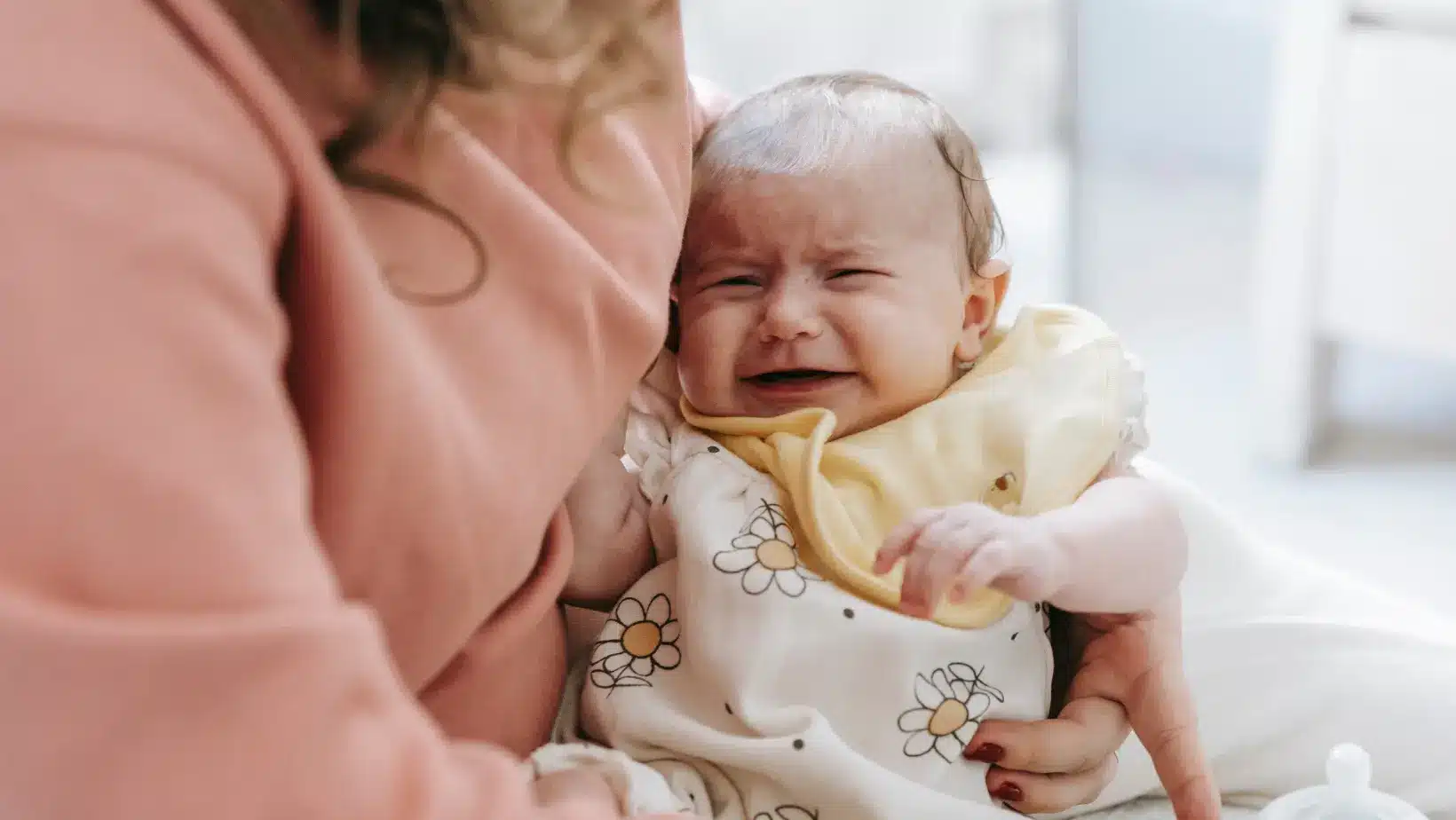Marie, how will I know if I have mastitis? I have no idea what I should see. I want to prevent this from happening. I would like to be able to recognize early signs. Thank you in advance for your advice, Renée
Renée, here is the relevant information regarding the mastitis diagnosis: it is a breast tissue inflammation with or without infection in a part of the breast initially. It rarely occurs in both breasts simultaneously. This inflammation is characterized by an influenza-like condition, fever often with chills and sweat. It aches and pains everywhere, redness is noticeable with swelling or severe pain in the affected area.
The usual physical clinical manifestations appear as a quadrant (part) on your reddened breast, it is painful with local warmth to the touch. You may also notice the local presence of bumps, very sensitive when you touch, even gently.
Mastitis can be inflammatory or infectious. Inflammatory, because it is related to a poor breastfeeding management, with recurring or infectious engorgement, linked to bacteria or other microorganisms. Usually, infectious mastitis is more noticeable by the speed of onset of symptoms, and characterized by a fever of 38 degrees and above, persisting for more than 24 hours, despite all other interventions. We also often notice that women touched have recently had a urinary infection, a cold or a withlow explaining that the breast is affected.
To prevent this, avoid repeated engorgement, exhaustion, a tight bra and nipple injuries that promote the entry of micro-organisms into the breast, an organ characterized by a warm, moist and nourishing environment. Wow! Just looks like a Club Med for germs!
The mastitis treatment can be primarily practice-oriented: review baby’s latch-on, heal wounds, if necessary, and empty the affected breast before each feeding. Use ultrasound to improve your situation if needed. You may require further information on this pratique des ultrasons, mostly popular with mothers.
Applying heat during feeding to help emptying the breast may also be beneficial; try light massages or compressions, if not too painful. Regular use of pain relievers and anti-inflammatories may improve your well-being.
Note that if the fever persists for over 24 hours, and your health condition deteriorates, it will be better to seek medical advice for an appropriate antibiotic treatment, even if you’re breastfeeding. It will be safe for you and baby as well.
Here are a few interesting sites:
www.entraidenaturolait.com (Entraide Naturo-lait)
ttp://www.breastfeedinginc.ca (Jack Newman)
www.allaitement.ca (La Leche League Canada)
I hope this information will allow you to act quickly and prevent mastitis.
Have a nice continuation,
Marie
The baby expert
Voici quelques sites intéressants :
www.entraidenaturolait.com (Entraide Naturo-lait)
ttp://www.breastfeedinginc.ca (Jack Newman)
www.allaitement.ca (ligue de la leche Canada)


